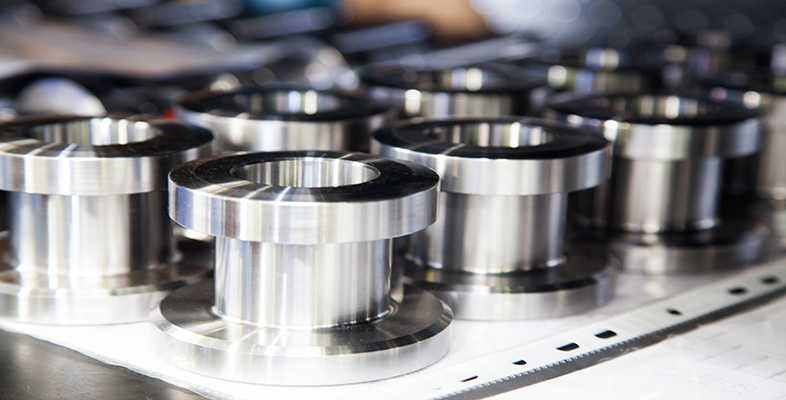1.3 Component parts
One thing you will have noticed from Exercise 1 is that several items, such as the personal computer, are assemblies of components made from quite different materials. Others are single objects which need to have a specific set of properties or attributes required for a particular application. Imagine trying to plumb in hot water radiators with rolled-up Open University course blocks, or using copper pipe for the cases of ballpoint pens – in both cases, theoretically possible but practically undesirable! Every artefact has to possess a specific set of properties to suit the intended application. Often these cannot be met by one single material, so most end-use products have to be made up of several different ones.
Exercise 2
Consider the requirements of the application for each of the following and then match up with an appropriate material/product from the list below.
-
Rope for serious mountain climbers.
-
See-through door panel for an electric cooker.
-
Prefabricated roof trusses for a medium-sized house.
Candidate materials and form:
-
High tensile steel wire.
-
Sawn, kiln-dried timber joined with galvanised steel nail plates.
-
Injection-moulded PVC plastic with black colouring.
-
Woven nylon fibres.
-
6 mm thick toughened glass.
-
Thin-walled copper pipe.
-
Perspex plastic sheet.
Discussion
-
matches with 4. 1 would be far too heavy, might rust, and would be difficult to grip.
-
matches with 5. Of the others, only Perspex is transparent and this would soften and melt at oven temperatures.
-
matches with 2. Fairly stiff and strong. Try nailing the others!
If a manufacturer concentrates just on processing methods, there is the risk of taking for granted things like the supply of raw materials to the process, the power consumed by the machinery, and the removal of finished products and waste. These are often seen as 'someone else's job'. There are circumstances when this approach is adequate. But engineers should be just as concerned about how to supply the process with materials at the right rate and cost, and how to deliver the products to the next process or to the customer at the right price. Only by doing so can they recognise and respond to important changes in the manufacturing environment brought about by legislation, currency exchange rate fluctuations, new markets and so on.
One thing that distinguishes humans from the rest of the animal kingdom is the ingenuity to devise tools and use them to achieve a purpose. The component parts of the large machines that can be seen in manufacturing plants are made by other machines and these in turn are made by others. They are all 'tools', and one tool is necessary to make another; in other words, all tools are themselves manufactured products. Indeed, most products that are manufactured have evolved from what has gone before, and all stem from the natural materials and resources on the Earth. The challenge to the engineer's ingenuity is to use these resources to the advantage of society. This can be done by understanding the properties of the natural materials and those materials that can be produced from them, such as ceramics, metals and plastics, before converting these into useful artefacts. Doing this efficiently and economically, with minimum waste of energy and materials is what manufacturing is all about.
We will now look at manufacturing as a broad engineering activity, and also at some of the details of manufacturing processes, to show the myriad ways in which raw materials can be turned into the products that we see around us.
